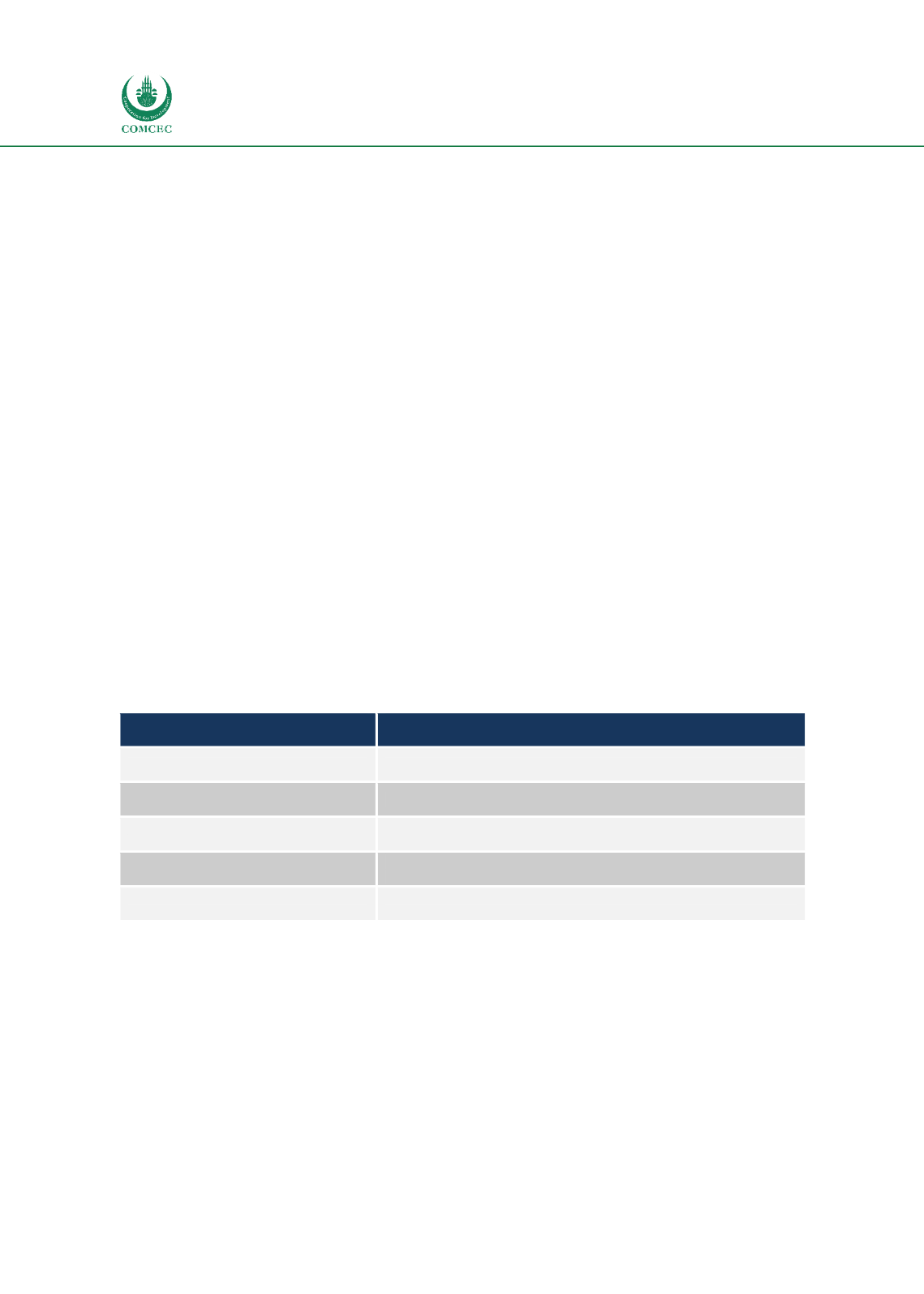

Facilitating Trade:
Improving Customs Risk Management Systems
In the OIC Member States
66
Targeting historically known law offenders and offenses;
Profiling for irrational trade patterns;
Establishing alerts for reported illicit transactions;
Use of intelligence, combined with information flows from other intelligence agencies;
Respond to increased or decreased threats; Use of random sampling techniques;
Use
of
Non-Intrusive
Inspection (NII)
(X-ray,
dogs,
radiation
detection equipment, density detectors, etc.) as a basis for inspections that lead to the
detailed examination of goods.
Having a well-established scheme of CRM, for the Australian Customs means it has a system for
evaluation of the effectiveness of risk processes. This is the main success factor for risk
management. The ICS risk profiling engine is powerful and easy to use and manage. The CRM
takes specific actions that increase its effectiveness:
Definition of outcomes and performance measures for intelligence and profiling that
drive development of the CRM;
Vary profiles to prevent predictability;
Continuous testing of profiles to ensure that all profiles have a clear purpose and efficacy
before deployment;
Use of advanced algorithms for greater testing, tuning of the existing profiles to reduce
the number of hits that require manual review;
Use of random selectivity in addition to specific targeting. Random selectivity is
automated and integrated with risk-based targeting.
Table 14 compares the Australian Customs CRM with its current approach:
Table 14: Australian Customs CRM previous and current approach
Previous approach
Risk-based approach
Customs declaration processed manually
Integrated Cargo System (ICS)
Physical control on border
Advance electronic information - risk assessment in advance of arrival
Single Customs risk management
repository
Exchanges data with OGAs, National, and International agencies
No evaluation of the effectiveness of the
risk processes
Cargo Intervention Strategy (CIS) and Differentiated Risk Response Model
(DRRM) - systems for evaluation of the effectiveness of risk processes
No exchange of pre-arrival information,
visual inspection of shipments
Risk assessment on pre-arrival basis, risk assessment and use of NII
equipment for the inspection of shipments
Source: Author’s compilation
3.2.3.5
Border Clearance Performances
The Australian Customs and Border Protection are efficiently using the risk management
methodology to process cargo import and export. The agency has a risk management
framework with developed strategic and operational risk assessment. This is reinforced by a set
of profiles and alerts. Customs and Border Protection apply controls based on compliance
strategies to alleviate identified risks.
The Australian Customs assess the risk at strategic, operational and tactical level. Strategic risks
are articulated in the Annual Plan and Annual Risk Plan. A common risk management platform
(for customs and border protection) was defined in 2009 - Government’s broader Strategic
















